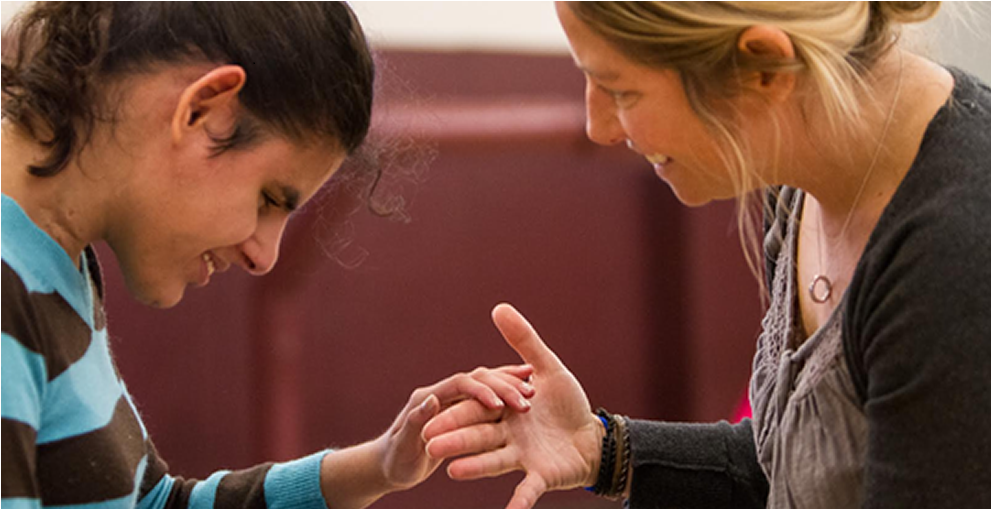What Is Dialogicality?
Question: If we all have an inner voice of “self-talk”, what is this voice if you’re congenitally deafblind? What does self-talk look like for these children?
Thinking could be described as an ongoing internal conversation. Sometimes we act in response to our self-talk and at other times it remains just that: a private, internal dialogue. It may also become a part of an external conversation with others. Lev Vygotsky refers to this internal conversation as “dialogicality of the mind”.
He suggests that we begin using language as a social interaction tool. Then we begin to think through an internal dialogue, in somewhat disorganized images, sounds, and words based on the experiences we have had in the world and with others. We tell ourselves stories that contain these words, sounds, and images in a random fashion that does not yet have an organized structure. As with a dream, these images carry strong feelings and emotions. Like a dream, it is often difficult to share our story with others without imposing order and changing the story somewhat.
Our dreams or stories are not initially used in a conscious problem-solving process. As we develop and learn more formal language, this self-talk also becomes more formal inner speech.
We all have an inner voice of “self-talk”. What is this voice if you’re congenitally deafblind? What images, sounds and voices exist in your mind? Is that internal process experienced as tactile sensations? What if there isn’t someone with you who knows more than you do about a tactile language and can help you make meaning of your experiences or converse with you?
Deafblind Interaction Menu
Cultural Language of Congenitally Deafblind
Vygotsky viewed consciousness as the end product of socialization. For example, in the learning of language, our first utterances with peers or adults are for the purpose of communication, but once mastered, they become internalized and allow “inner speech”.
Gunnar Vege, a professional in the field of deafblind education, has shared what he feels are the four competencies that are essential to establishing a dialogical togetherness: shared attention, communicative intentions, sustained experience of perspectives, a capacity of building and sharing tension.

Thinking could be described as an ongoing internal conversation.
Sometimes we act in response to our self-talk and at other times it remains just that: a private, internal dialogue. It may also become a part of an external conversation with others. Lev Vygotsky refers to this internal conversation as “dialogicality of the mind”.
* Vygotsky, L.S. (1978). Mind in Society. Cambridge, MA: Harvard University Press.

